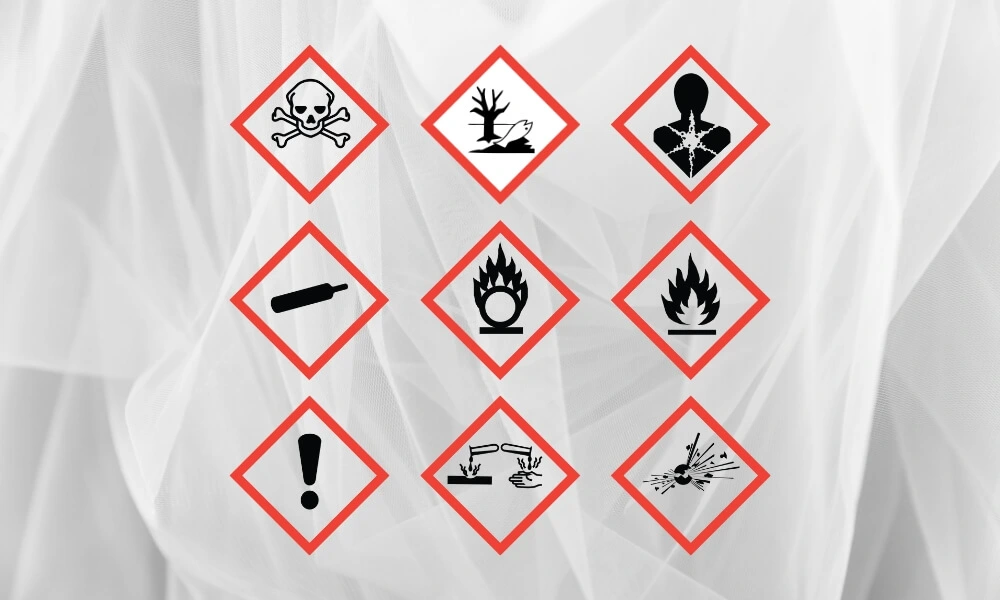In the complex world of chemical safety, a key component to understanding and communicating potential hazards is using Hazard Communication Standard (HCS) pictograms. These universally recognized symbols are critical in instantly informing about the dangers associated with various chemicals. But what specific hazards do these standard pictograms represent?
This blog post will demystify each pictogram under the HCS, developed by the Occupational Safety and Health Administration (OSHA). We will explore the wide range of hazards they signify, from health risks to flammability and even environmental toxicity.
Whether you are a safety professional, someone who works with hazardous materials regularly, or someone seeking to enhance your understanding of chemical safety, this guide will equip you with essential knowledge. Let’s dive into the world of HCS pictograms and discover how these compact symbols contribute enormously to ensuring the safety and well-being of workers across various industries.
What is Hazard Communication Standard Pictogram?
The Hazard Communication Standard (HCS) Pictograms are symbols that visually represent the specific hazard(s) associated with a chemical. They are a key part of the Hazard Communication Standard developed by the Occupational Safety and Health Administration (OSHA) and align with the Globally Harmonized System of Classification and Labeling of Chemicals (GHS).
Each pictogram consists of a distinct symbol on a white background, framed within a red square set on a point (i.e., a diamond). These pictograms are intended to provide information at a glance about the hazards of a chemical, even if the viewer cannot read or understand the written information on the label. There are nine pictograms representing different hazard classes such as health hazard, flame, exclamation mark, gas cylinder, corrosion, exploding bomb, flame over circle, environment, and skull and crossbones.
The main goal of these pictograms is to ensure safety in the workplace by giving workers who handle, store, and use hazardous substances the information they need to protect themselves and others from the hazards associated with those substances. By having a standard set of pictograms across all workplaces, it allows for more straightforward hazard communication, regardless of language or literacy levels.
What Type Of Hazards Do The Standard Pictograms Represent?
Standard pictograms, as established by the Hazard Communication Standard (HCS), represent various hazards associated with different chemicals. Each of these pictograms uses specific symbols to quickly and universally communicate the nature of these hazards:
1. Health Hazard Pictogram
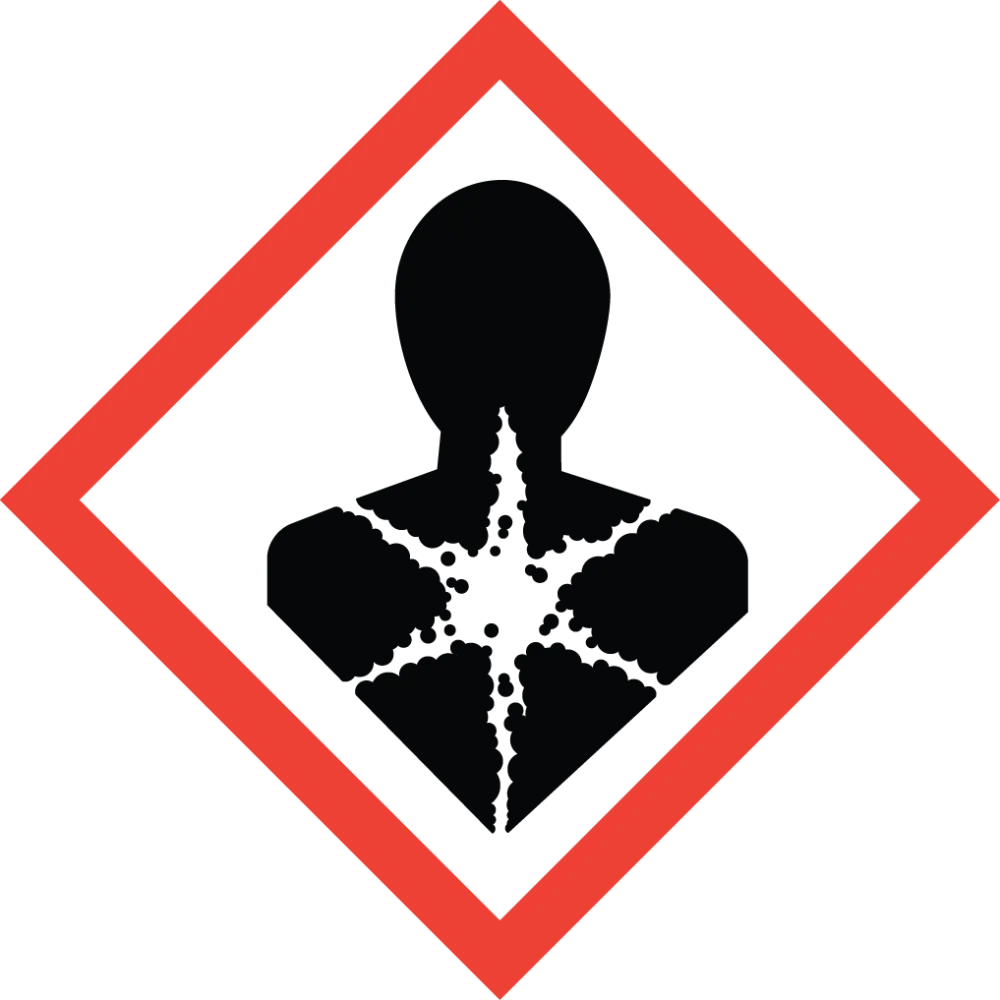
This symbol denotes hazards that could lead to significant health issues, such as cancer (Carcinogen), genetic defects (Mutagenicity), harm to reproductive health (Reproductive Toxicity), hypersensitivity of the airways (Respiratory Sensitizer), damage to specific organs (Target Organ Toxicity), and harm from inhalation of certain substances (Aspiration Toxicity).
2. Flame Pictogram
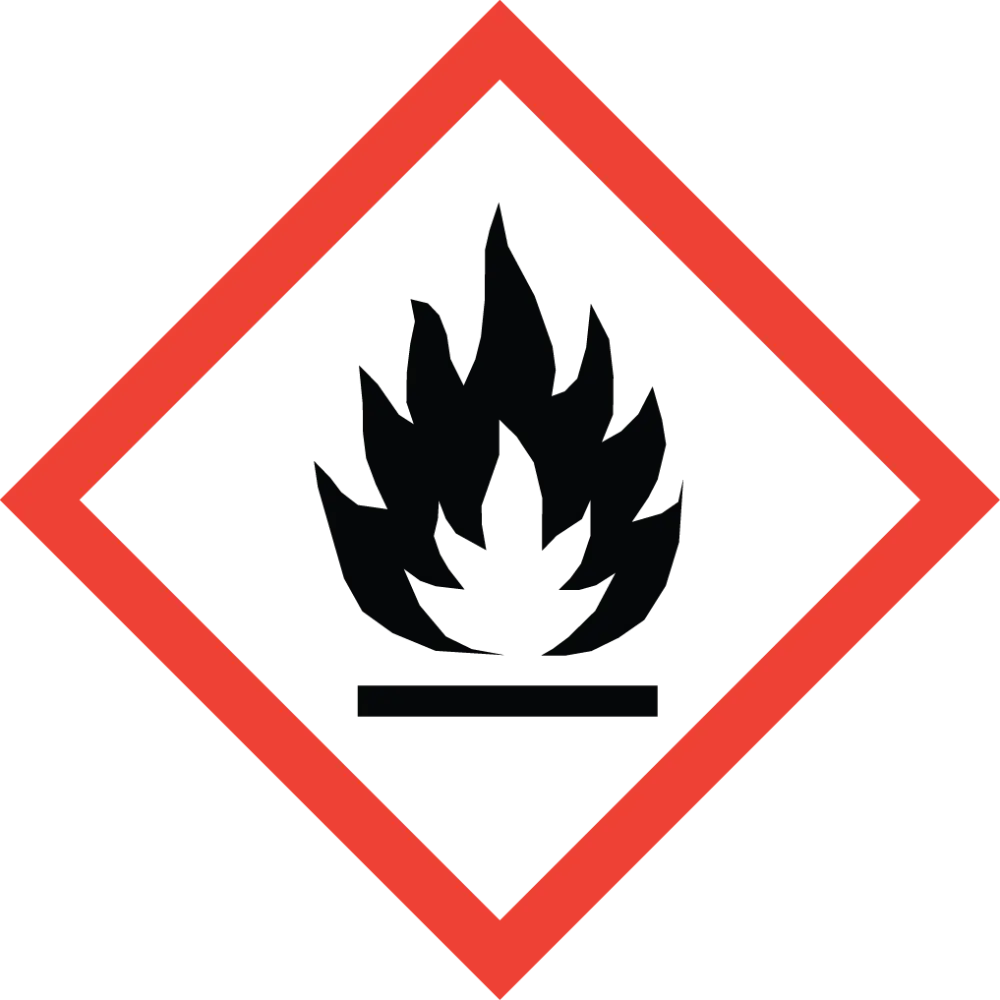
This symbol represents chemicals that are combustible, including those that ignite easily (Flammables), ignite spontaneously in the air (Pyrophorics), warm up and ignite in the air (Self-Heating), produce flammable gas (Emits Flammable Gas), or become reactive or decompose under specific conditions (Self-Reactives, Organic Peroxides).
3. Exclamation Mark Pictogram
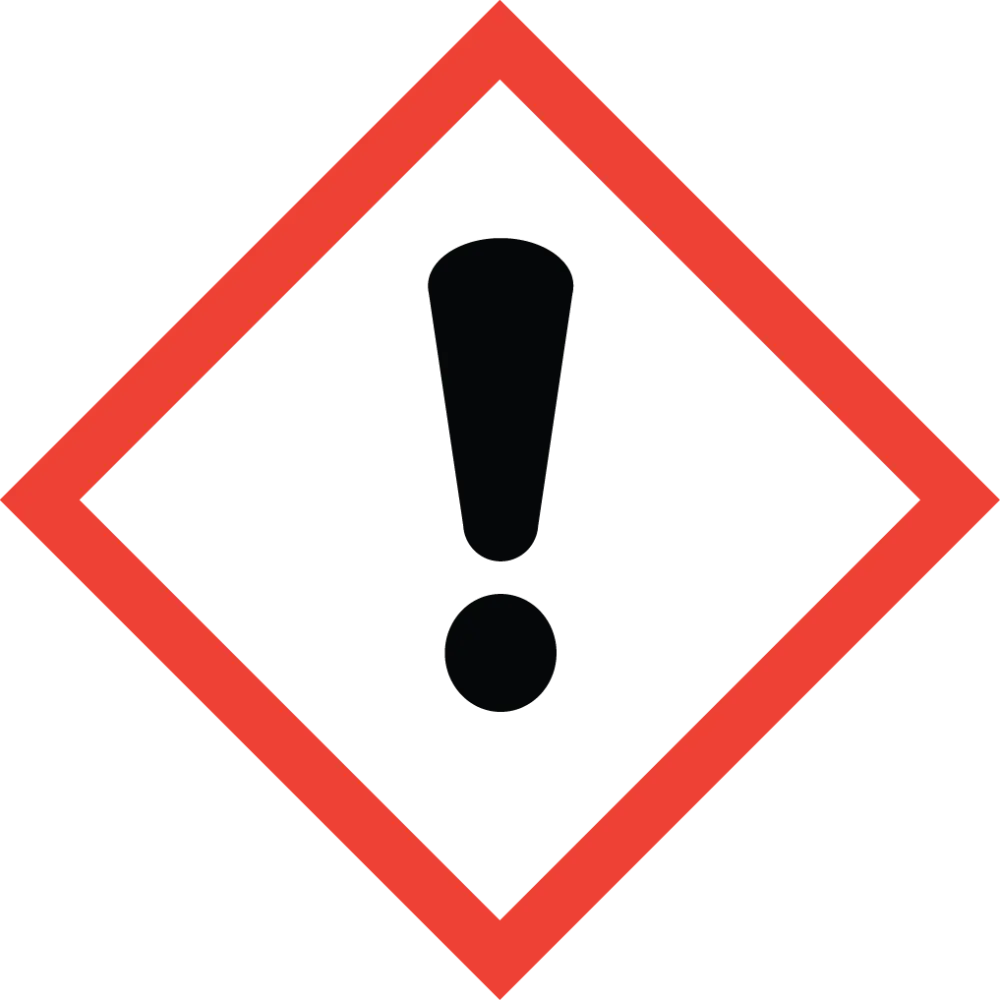
This pictogram signals chemicals that might cause less severe health effects, such as irritation to the skin and eyes (Irritant), allergic skin reactions (Skin Sensitizer), general harmful effects (Acute Toxicity), drowsiness or dizziness (Narcotic Effects), irritation to the respiratory tract (Respiratory Tract Irritant), and harm to the ozone layer (Hazardous to Ozone Layer – non-mandatory).
4. Gas Cylinder Pictogram
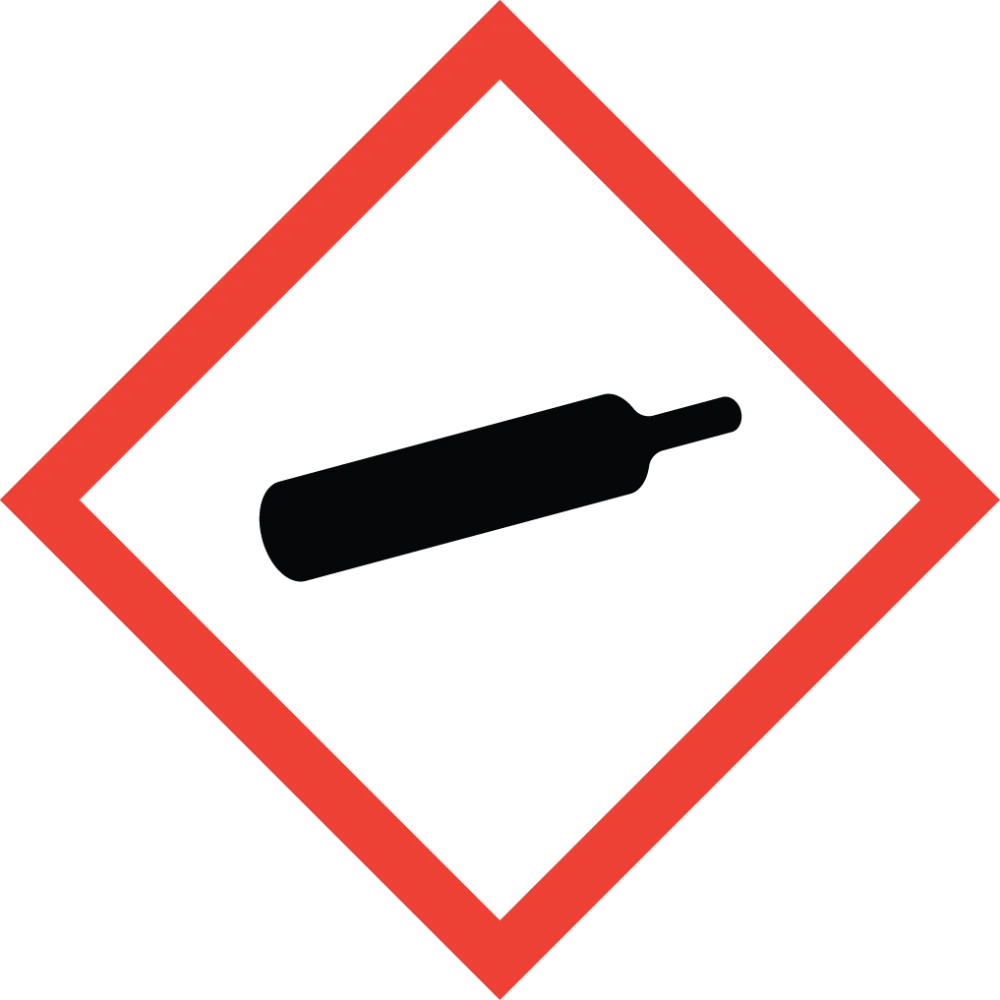
This symbol signifies that the substance is a gas under pressure. This can include compressed gases, liquefied gases, refrigerated liquefied gases, and dissolved gases. These substances can pose risks, including explosions if the container is heated or damaged. If released, some gases can also cause cold burns or injuries from rapid expansion.
5. Corrosion Pictogram
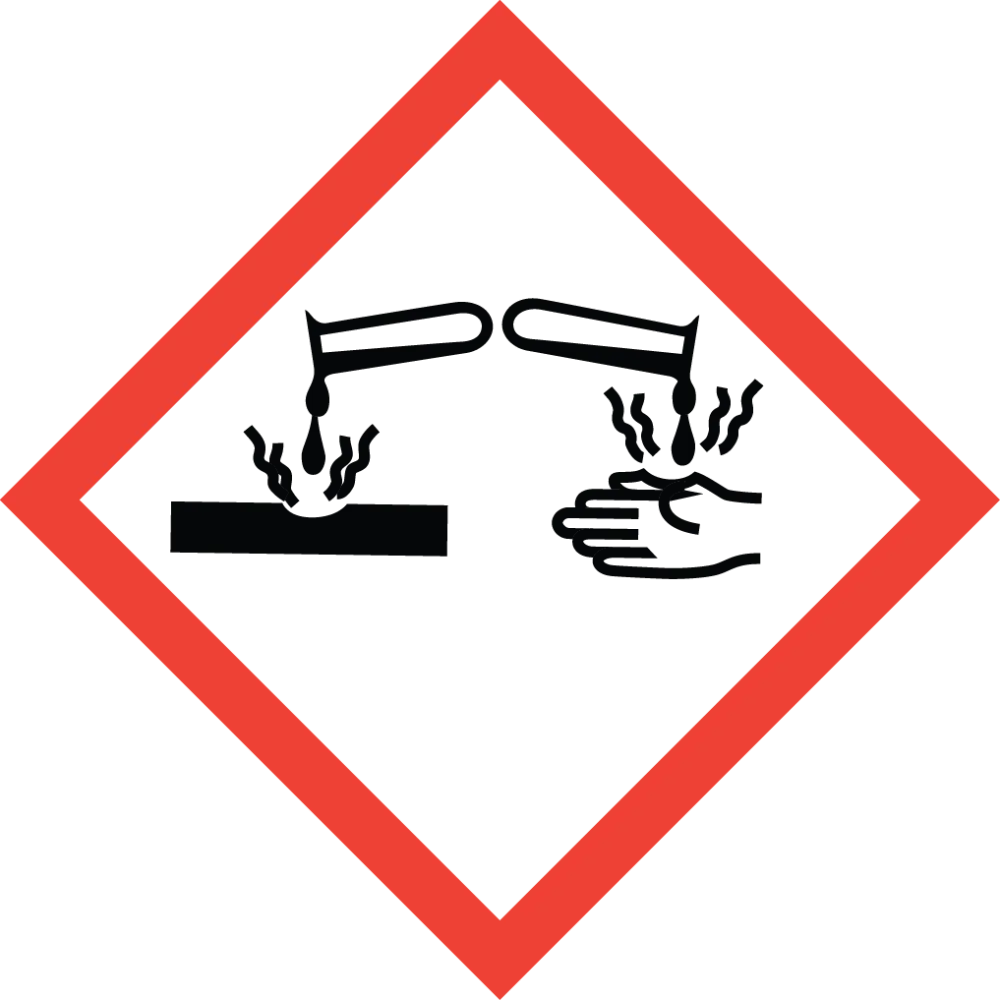
The corrosion pictogram warns of chemicals that can cause significant damage to living tissue or material they come into contact with. Corrosive substances can cause severe skin burns and eye damage upon contact. They can also damage or even destroy metal surfaces by a chemical reaction, often producing a more stable compound such as an oxide or salt.
6. Exploding Bomb Pictogram
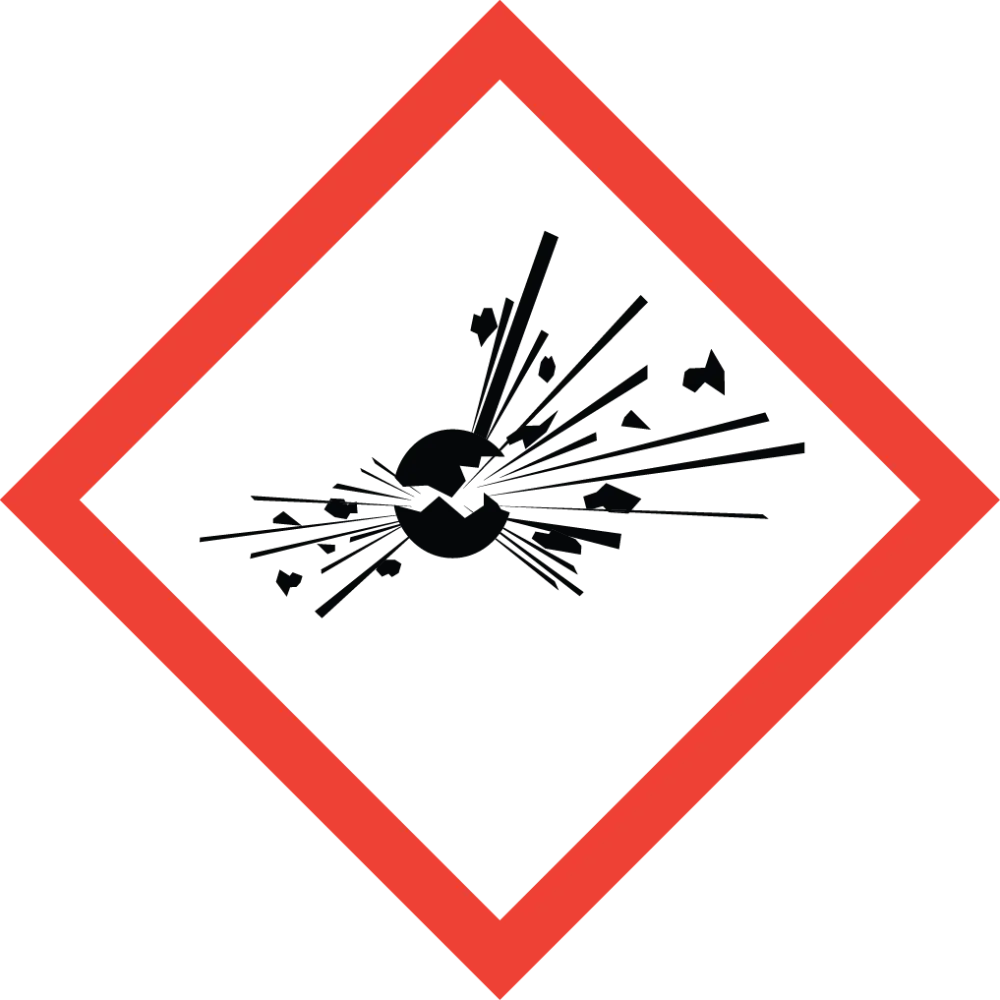
This pictogram represents explosive substances that may lead to explosions under specific conditions. These include substances that, when subject to shock, friction, fire, or other ignition sources, can cause an explosion with damaging effects. This category also includes self-reactive and organic peroxides, which may have explosive properties or detonate under certain circumstances (e.g., upon heating or under pressure).
7. Flame Over Circle Pictogram
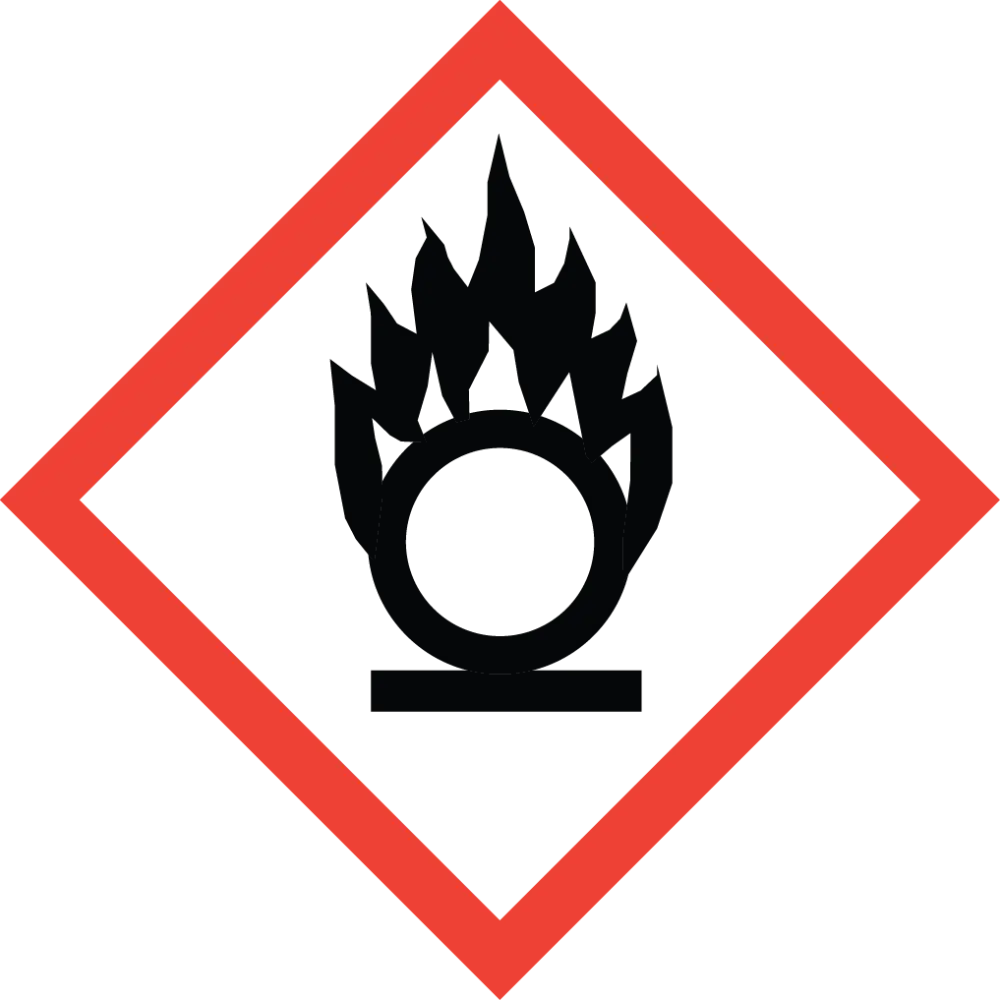
This pictogram is assigned to oxidizing chemicals. Oxidizers are substances that may not burn themselves but can cause or contribute to the combustion of other materials. They can provide oxygen to support a fire, making fires burn hotter and longer. Some oxidizers can react violently with combustible materials, increasing the risk of fire or explosion.
8. Environment Pictogram (Non-Mandatory)
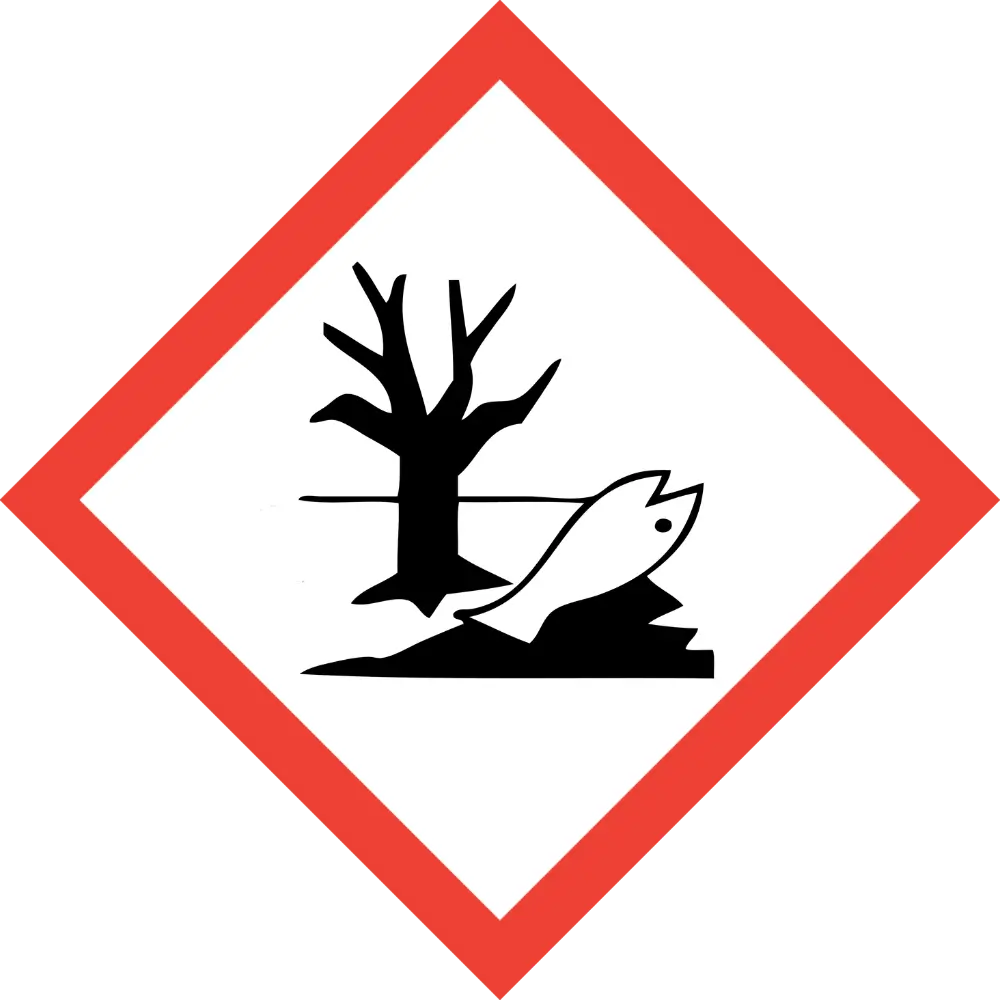
While not mandatory, the environmental pictogram alerts users to chemicals that pose a hazard to the environment, particularly aquatic environments. This can include toxic substances to aquatic life, cause long-term damage to aquatic environments, or have other detrimental environmental effects. This symbol serves to promote environmentally responsible handling and disposal of these substances.
9. Skull and Crossbones Pictogram
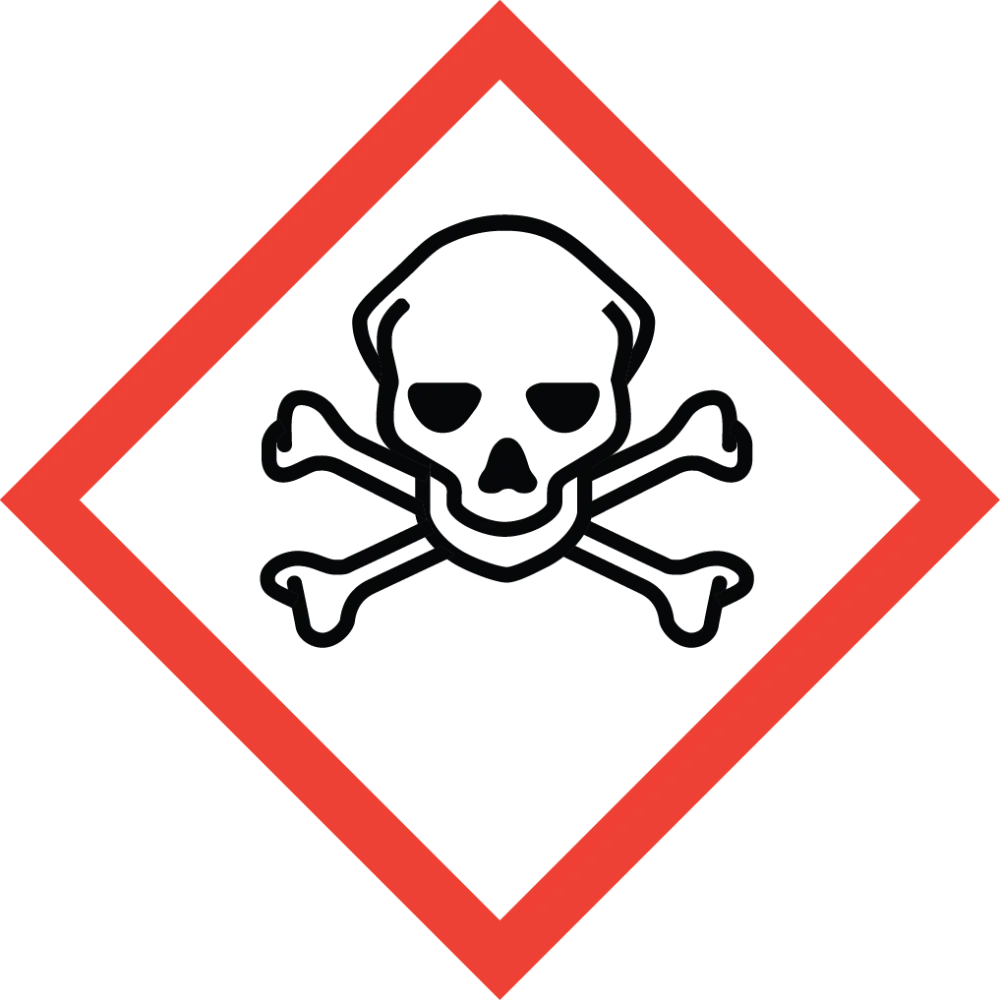
This pictogram indicates highly toxic substances, which can cause severe health effects or even death upon exposure. This includes acutely toxic substances, meaning they can have severe effects from a single exposure or exposures of short duration. The exposure can be through various routes, such as inhalation, skin absorption, ingestion, or physical contact.
Conclusion
In conclusion, the Hazard Communication Standard (HCS) pictograms are integral in communicating potential hazards associated with various chemicals. They provide clear, universally understood visual cues about everything from health hazards and explosive risks to environmental toxicity. By understanding these pictograms, individuals handling, storing, or using hazardous substances can take appropriate precautions, contributing significantly to safety in the workplace.
From the symbol of a flame indicating flammability to the skull and crossbones representing acute toxicity, each pictogram serves as a first line of defense against potential harm. The non-mandatory environment pictogram also underscores the importance of considering the broader ecological impact of certain chemicals, reminding us that safety extends beyond immediate human concerns.
Whether you are a safety professional, a worker in a relevant industry, or simply an informed citizen, understanding these pictograms allows for safer chemical interactions and a healthier environment for all. As we continue to advocate for safety in all industries, let’s foster a greater understanding of these crucial symbols and the hazards they represent. With knowledge comes power, and in this case, that power is the ability to protect ourselves and others from potential harm.

